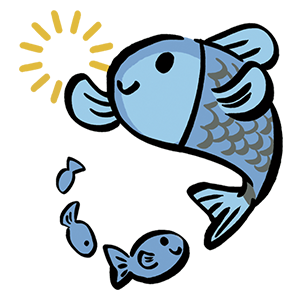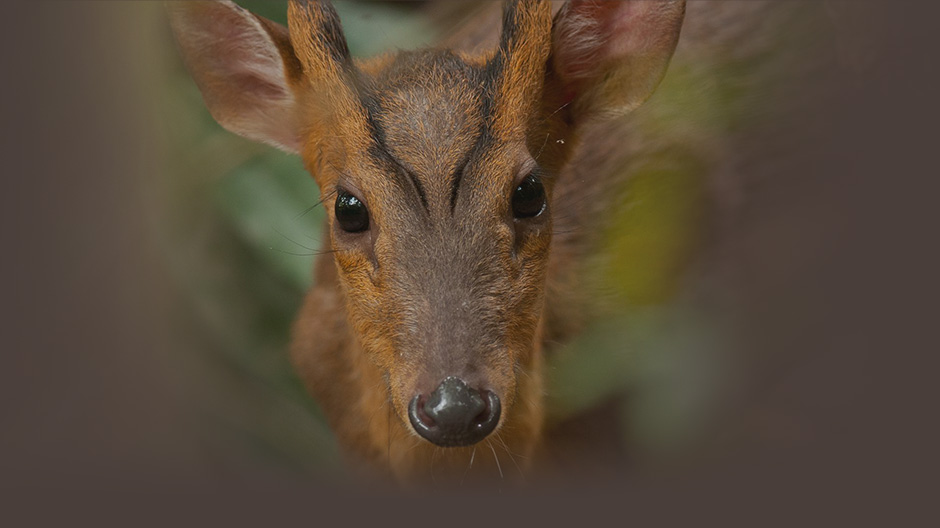簡介
資料授權引用格式:Creative Commons Attribution (CC-BY) 4.0 License
DOI: 10.15468/cvclt9
出現紀錄筆數
207
 網站捷徑
網站捷徑



